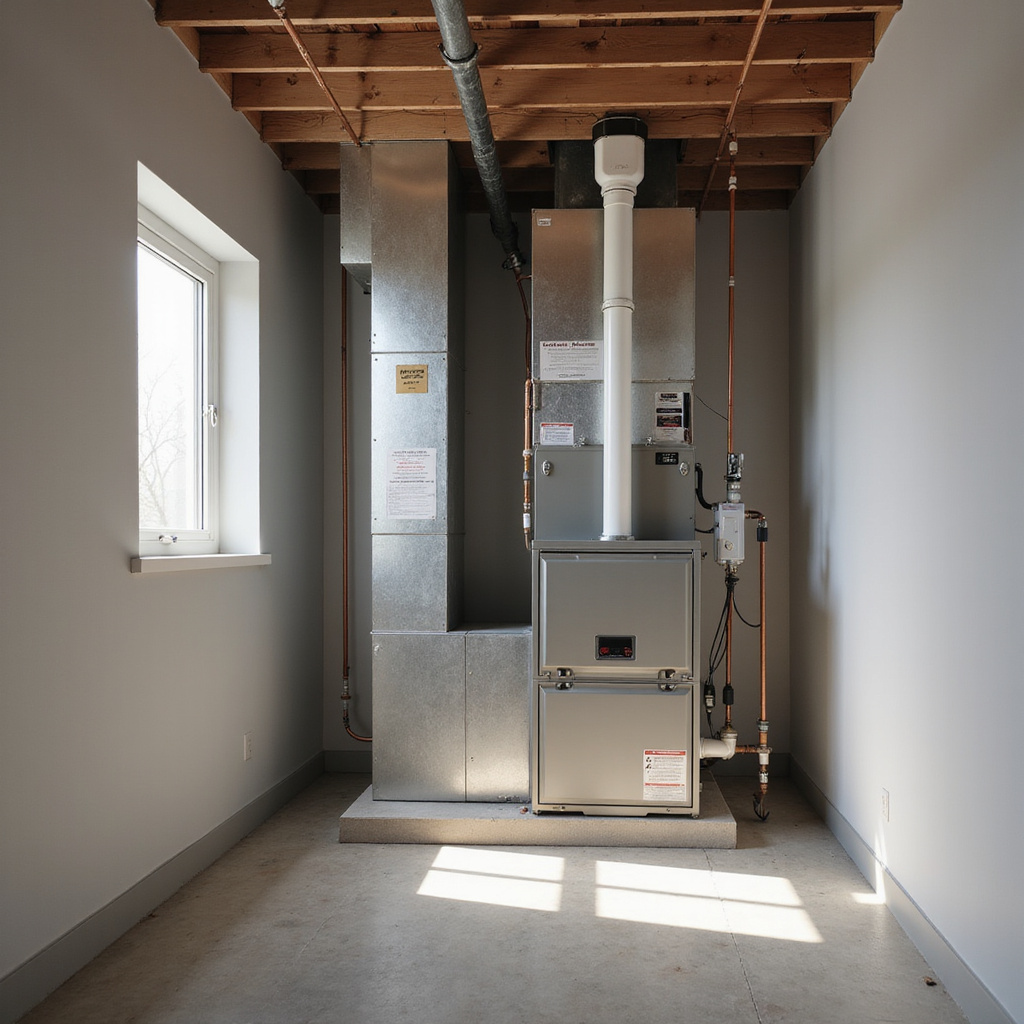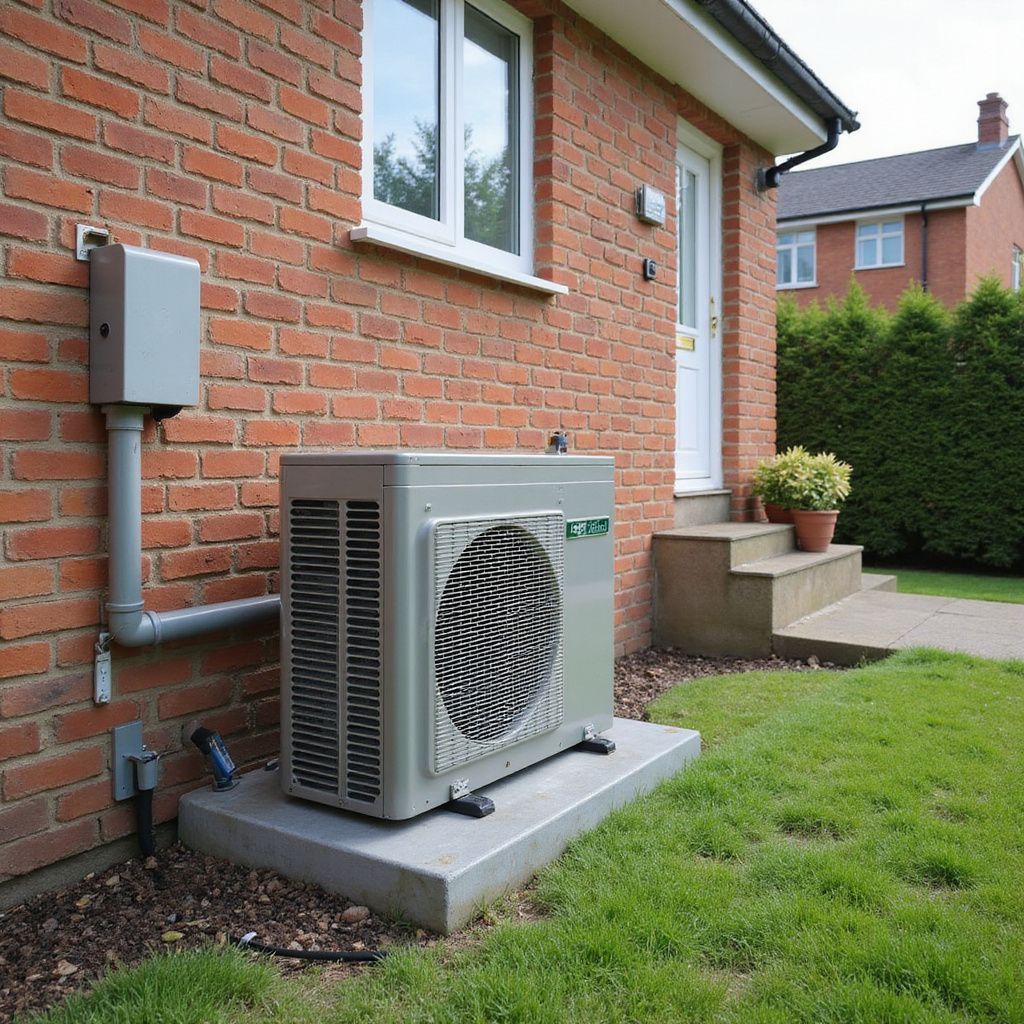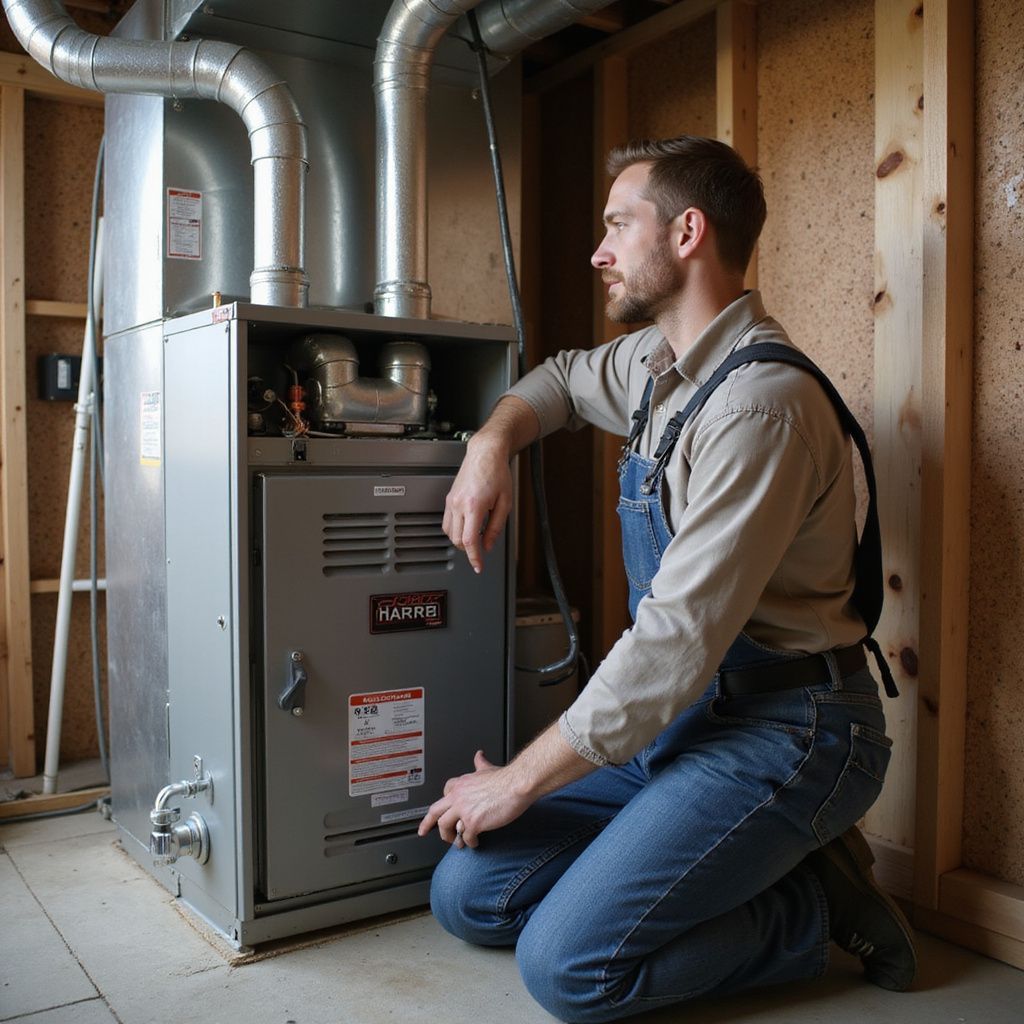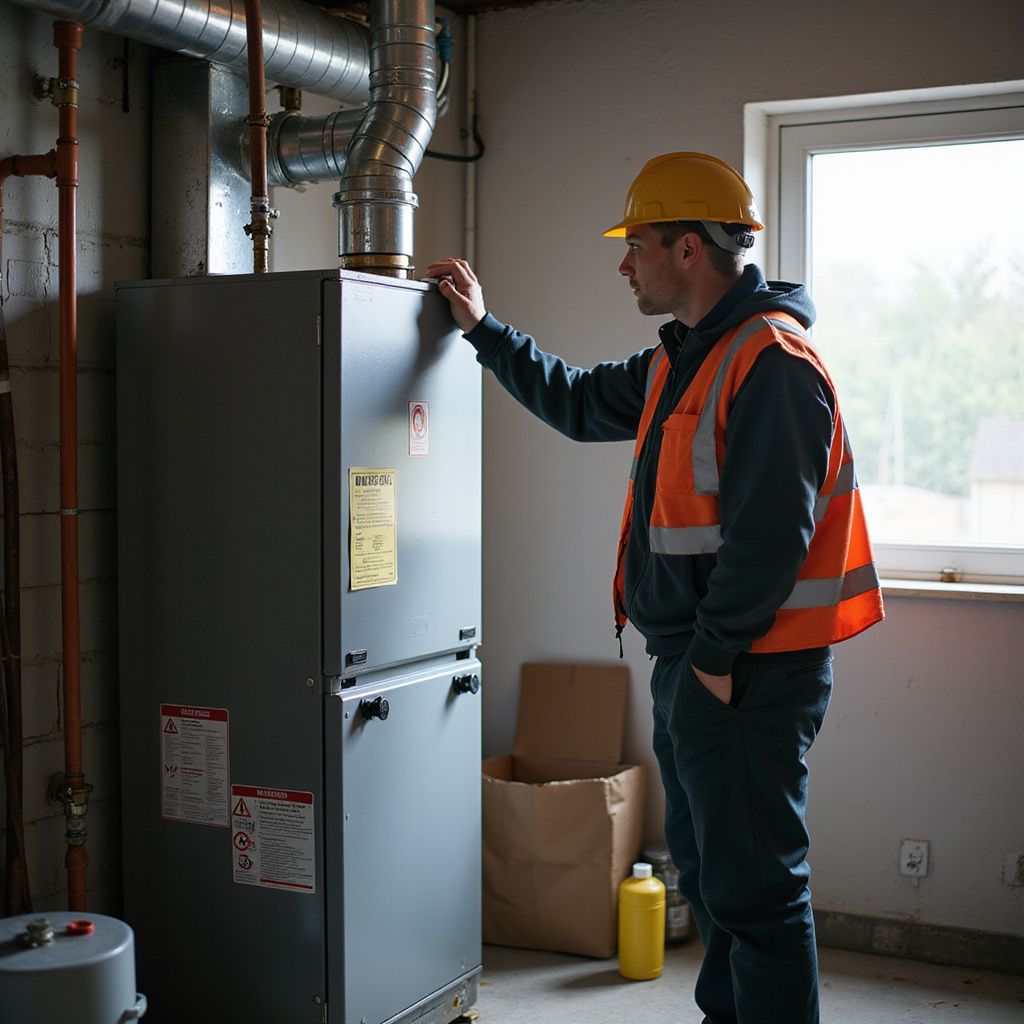Understanding Different Types of Home Heating Systems (Pros & Cons)
Choosing the right heating system makes a world of difference for home comfort, efficiency, and cost. But with so many options available, how do you decide which is best for your needs? This guide breaks down the most common types of home heating systems and helps you weigh their strengths and weaknesses.
1. Gas Furnaces
Gas furnaces are the most prevalent in North America, offering high efficiency and fast heating. Pros include relatively low operating costs and universal availability. Cons: They require a gas hookup and regular safety inspections for carbon monoxide leaks.

2. Electric Furnaces
Electric furnaces are easier to install, quieter, and safer than gas, but they tend to be less efficient and pricier to operate, especially in colder climates where electricity costs are high.
3. Heat Pumps
Heat pumps are highly efficient, as they transfer heat instead of generating it. Ideal for moderate climates, they provide both heating and cooling, but their efficiency drops as outdoor temperatures plummet.

4. Boilers and Radiators
Boilers use water or steam to distribute heat. They’re popular for radiant flooring or old-world cast iron radiators. Pros: Even, non-drying heat; Cons: Slower to respond and costlier to install or maintain.
5. Ductless Mini-Splits
These provide efficient heating and cooling for individual rooms, requiring no ductwork. They’re scalable, but the initial cost can be high for whole-house use.
Conclusion
Each heating system comes with unique benefits and drawbacks. Weigh your budget, local climate, home layout, and energy goals when making your decision. Consult an HVAC pro for a thorough assessment—investing in the right system pays off in efficiency and comfort for years to come.





